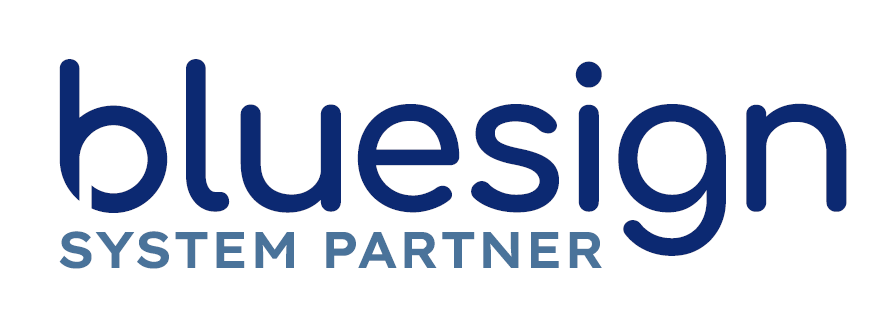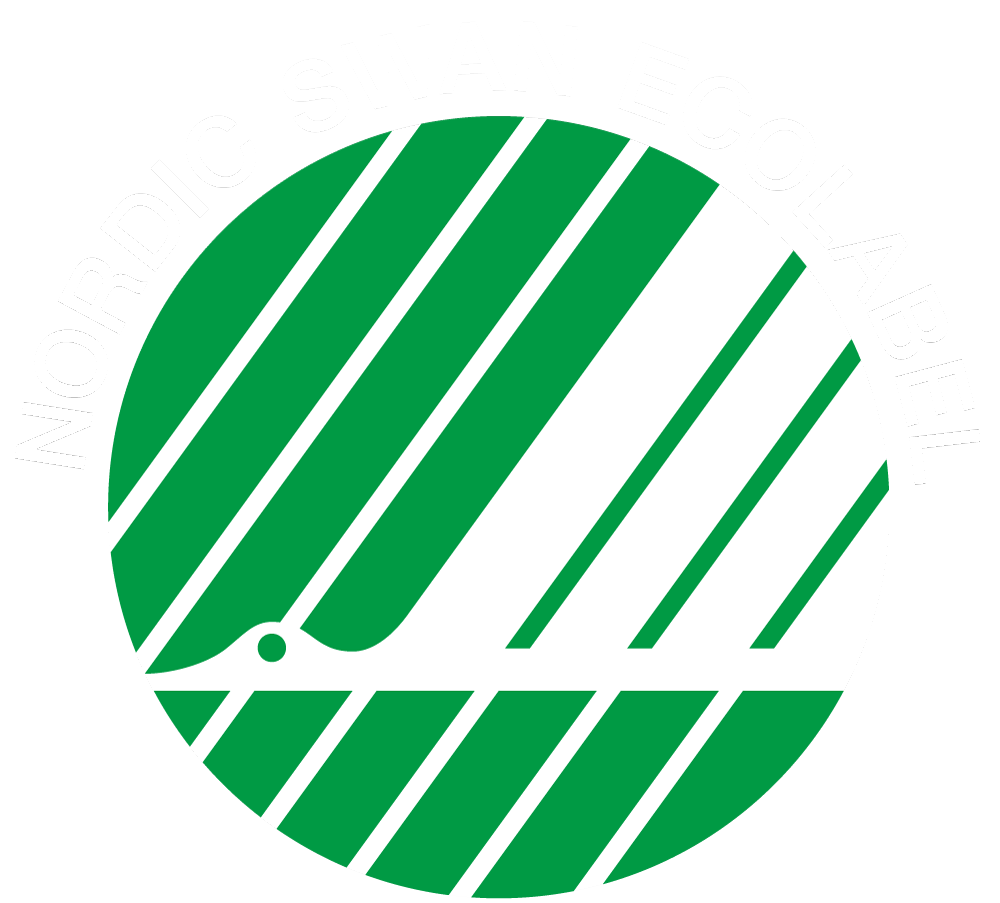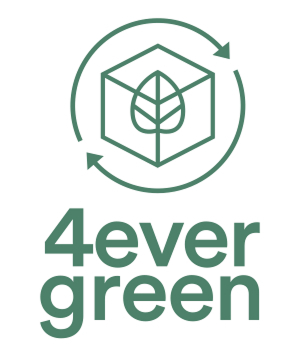From Pulp to Package, Package to Pulp (and back again)
The role of chemistry in closing the loop on circular, fiber-based packaging production
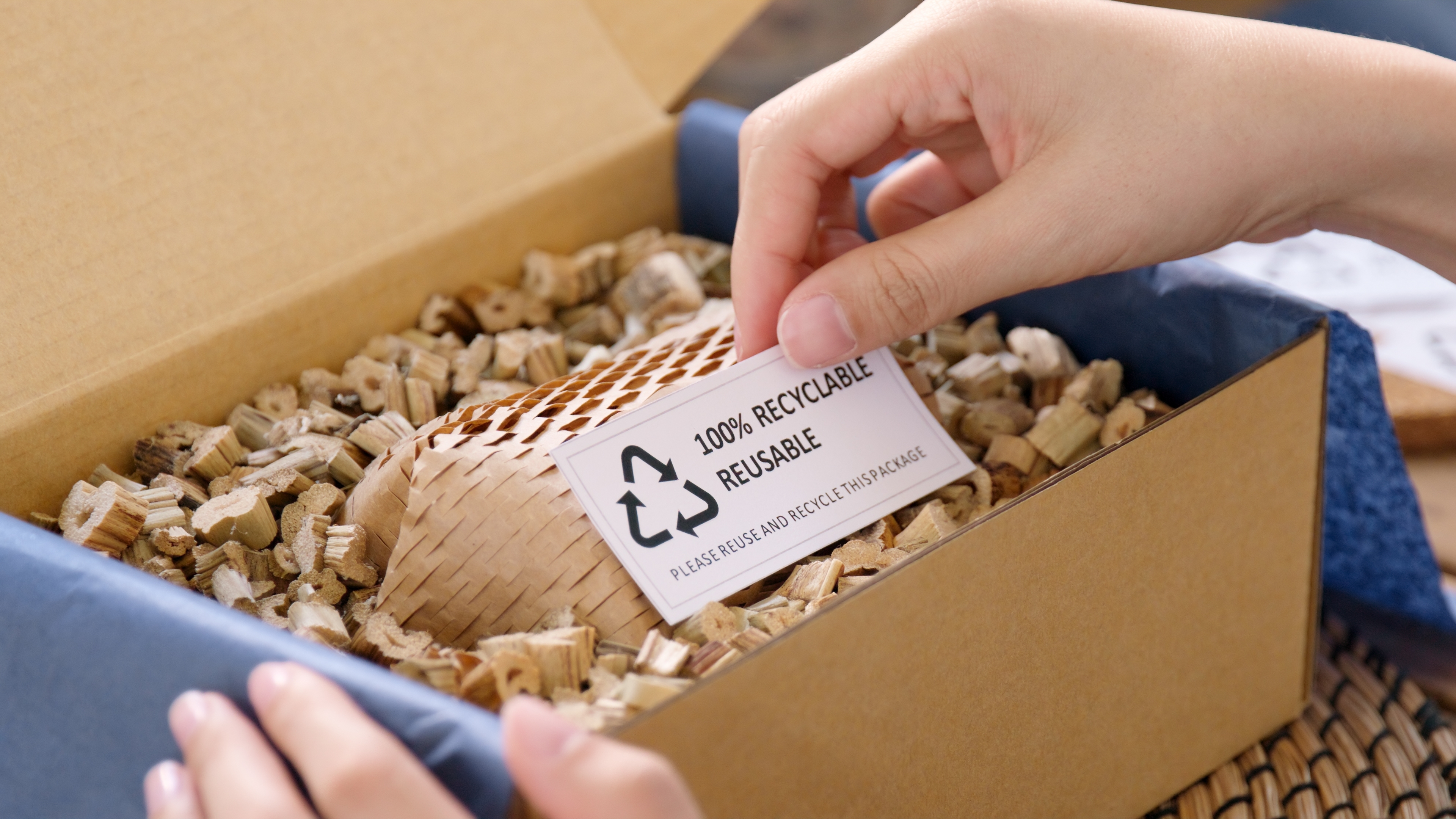
The paperization trend in modern packaging has many drivers: regulatory developments, growing environmental awareness, changing consumer sentiment — all these, and more, contribute to its increasing relevance. Fully realizing its potential involves overcoming multiple practical challenges, and packaging producers need partners who understand what happens at every step of the value chain loop: the pulping of virgin fiber; creating tensile strength in sheet formation; barrier coatings for improved performance; adhesives, inks and coatings, eye-catching design; lightweighting; recyclability, repulpability, compostability and biodegradability. Done correctly, the process is circular, not linear, and can be repeated as many as 25 times.
In every region, regulators are demanding that packaging producers prioritize more recyclable materials and limit the use of single-use and hard-to-recycle plastics. The European Union has implemented Extended Producer Responsibility (EPR) and the Packaging and Packaging Waste Regulation (PPWR) to ensure sustainable packaging practices and waste reduction. In the US most initiatives are at the state level: California, for example, has the Plastic Pollution Prevention and Packaging Producer Responsibility Act (SB54), which requires all packaging to be recyclable or compostable by 2032. And in India single-use plastics have been banned since July 2022.
While regulatory changes like these demand that brands and packaging manufacturers come up with alternatives, there are other significant contributing factors — shifting consumer sentiment, for example, the commitment of brands to the UN Sustainable Development Goals, and to the sustainability targets they have set for themselves.
The paper advantage
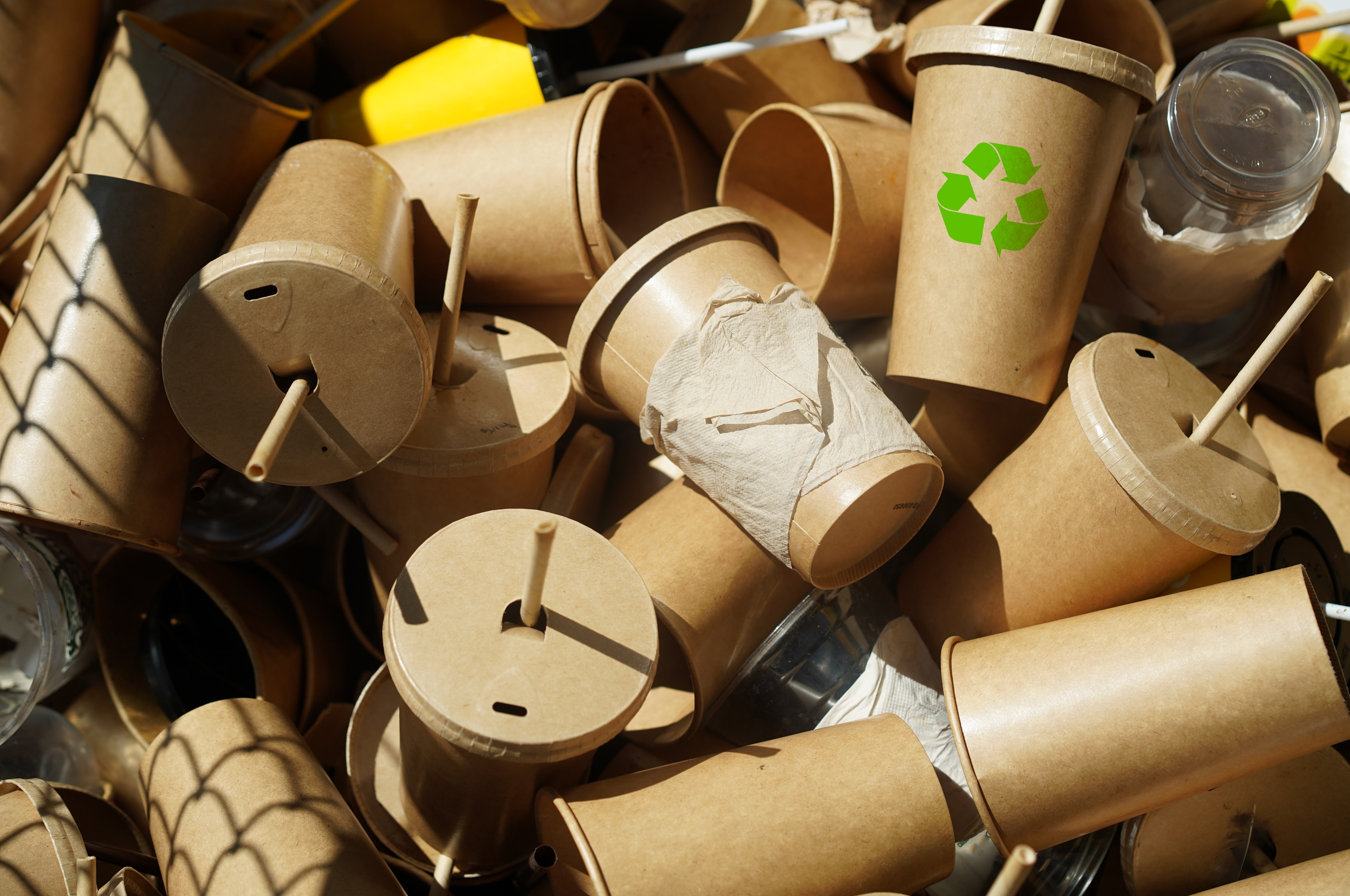
In the face of this tightening regulatory noose, paper-based packaging is increasingly recognized as one of the alternatives because of the many natural advantages it enjoys over other substrates. It’s highly regarded by consumers for its environmental credentials, it’s widely recyclable, and (crucially) consumers understand that it’s widely recyclable. When they try to recycle plastic packaging, on the other hand, they face a veritable maze. Achieving the strength, flexibility and barrier properties of plastic means much packaging contains multiple layers of different plastics — PET, PE, PP, and so on — which are difficult to separate and recycle. Frequently, recycling instructions are unclear or confusing, and often municipal recycling facilities are unable to process the full range of plastics. In short, a lot of plastic packaging ends up in landfill.
Look around, and the statistics for ‘paper vs plastics’ recycling rates make this clear. In the US, the respective national recycling rates for plastic and paper-based packaging are 13.3% and 80.9% respectively, and the rate for corrugated cardboard boxes is a remarkable 96.5%¹. In Europe, recycling rates for paper products sit at around 83.2%², compared with 41%³ for plastic.
The paper challenge
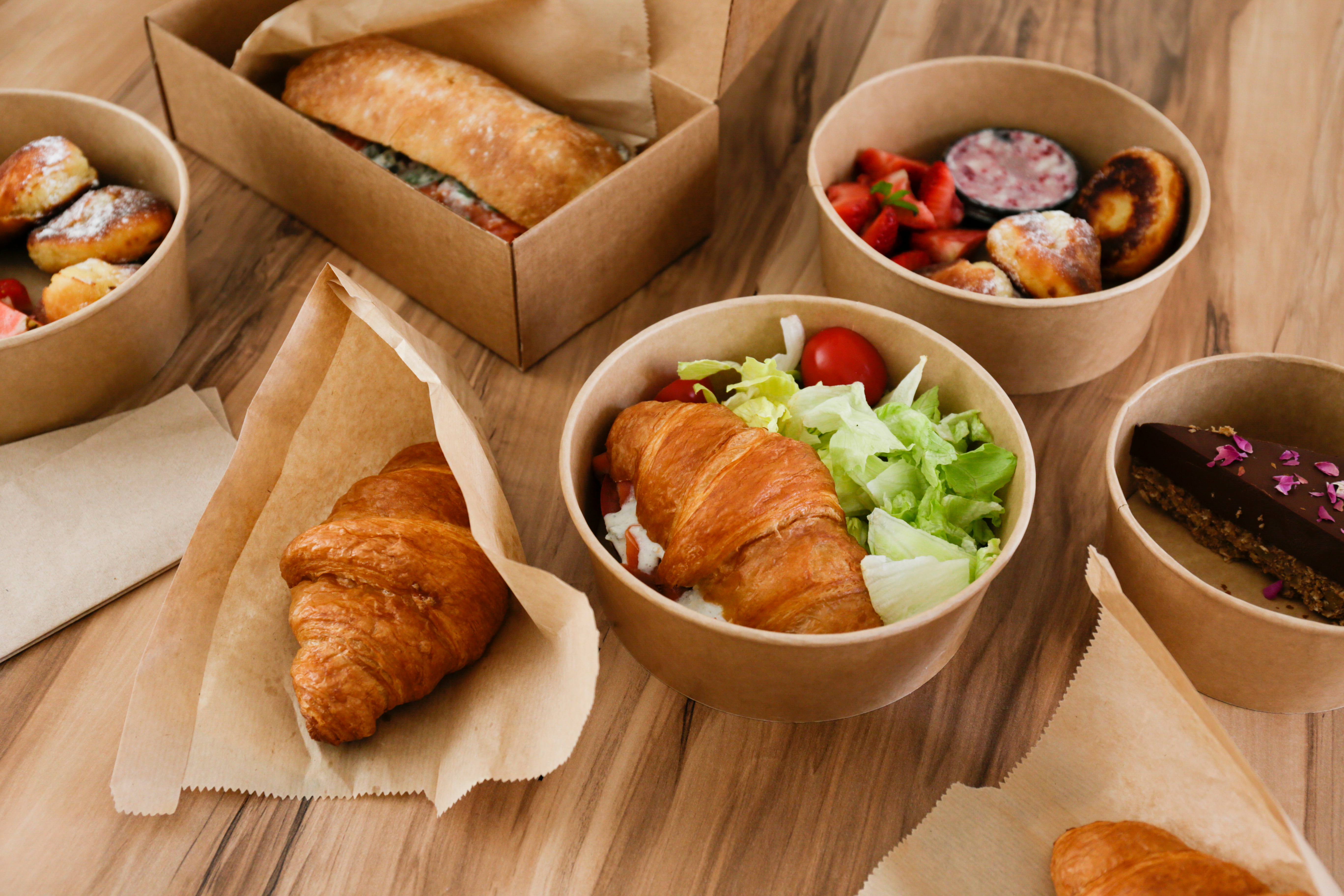
Yet despite the problems with recycling just described, plastic packaging is still with us, because it continues to perform vital packaging functions. It’s durable, lightweight, available in rigid, semi-rigid and flexible formats, resists moisture and contaminants, preserves freshness and extends shelf life, and is low-cost to produce.
Replicating these benefits poses a challenge to paper. Take plastic’s protective qualities, for example, its excellent barrier properties and puncture resistance, especially for food and beverage packaging. These are challenging to replicate in a fiber-based package, because in its natural state, paper is porous, breaks down easily when exposed to moisture, and lacks the robustness of plastic.
Chemistry comes to the rescue
While paper-based packaging isn’t perfect for all applications, in recent years, thanks to advances in chemistry, it now provides a genuine alternative for the protection and preservation of a huge range of perishable goods, without compromising paper’s natural advantages of recyclability and compostability.
Pulp to product

To appreciate the critical role chemistry plays in making paperization possible, consider the difference it makes throughout the production process, from pulp to paper. Because creating paper-based packaging for specific needs – especially when it comes to retaining the integrity of fragile or perishable goods – doesn’t begin with simply choosing the right fiber-based product for the job. It starts all the way back at the start of the pulping process — with creating the right fiber-based packaging materials to begin with. Paying attention, at the outset, to raw material processing, sets a vital and strong foundation for the quality and functionality of the final packaging products.
An early important decision is to select the correct cleaning and bleaching agents, solutions that aid the removal of impurities and enhance fiber brightness. Thanks to recent developments, a variety of more sustainable solutions are available that reduce reliance on chlorine-based bleaches. Likewise with wet and dry strength resins, formulated to reinforce paper fibers both during pulping, and in subsequent sheet formation. These products help improve tensile and tear resistance while ensuring lower breakage rates.
At the paper machine, using retention aids improves runnability by reducing sheet breaks, increasing the retention of fibres and fillers and thus producing cleaner back water. Surfactants help in detaching ink particles and floating them. Passivation chemistry counters the tendency for coatings and adhesives to be only partially removed during the deinking process. Treating pulp fibers in a way that minimizes waste and maximizes yield contributes to sustainability.
Barriers shouldn’t be a barrier
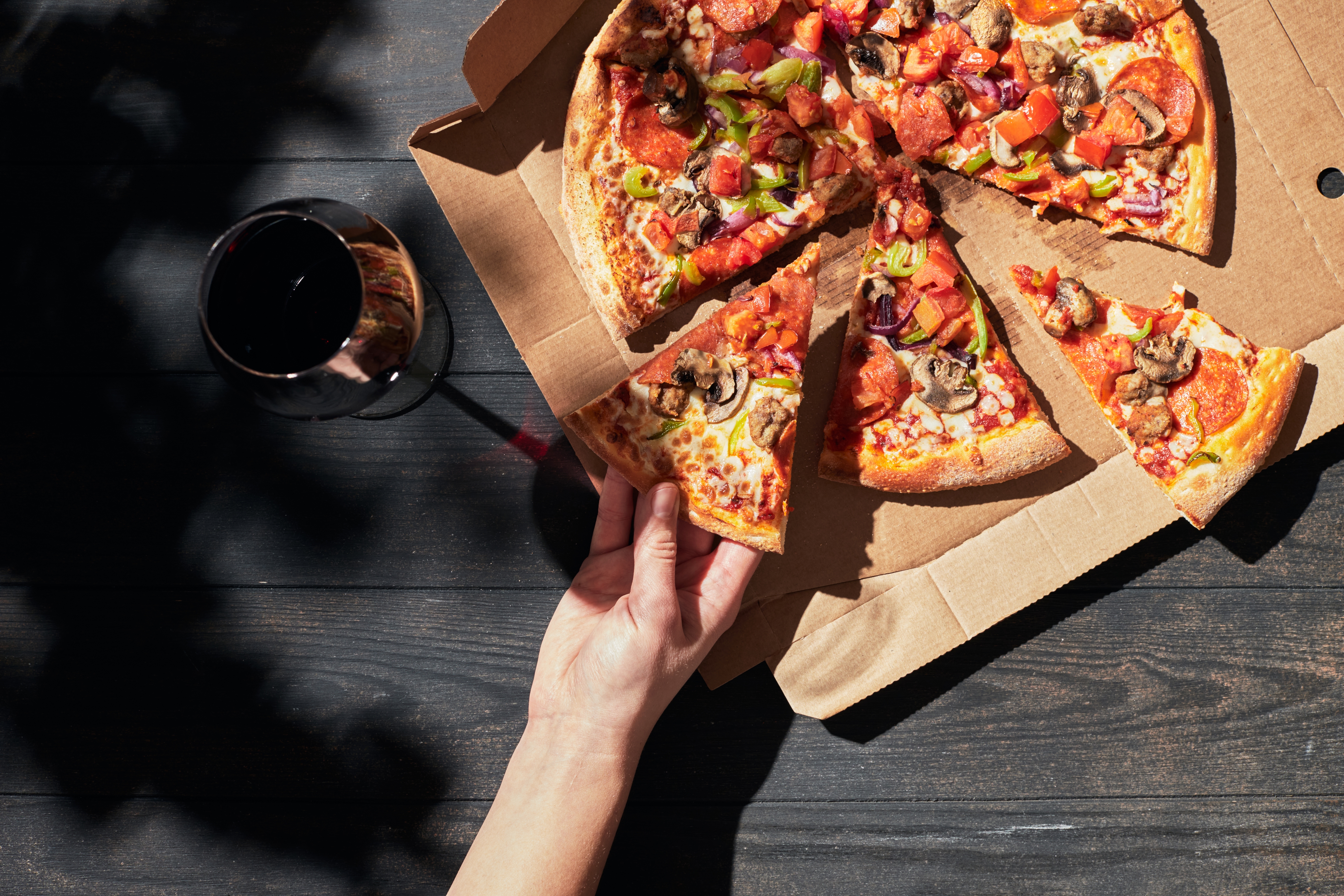
As noted earlier, effective barrier coatings are critical for improving the performance of paper-based packaging, providing moisture protection to shield products from humidity and water; resistance to grease and oil for food packaging; and extended shelf life. Today, a new generation of recyclable and compostable barrier coatings are available to help brands transition to more sustainable, paper-based solutions. These meet food safety standards and ensure compliance with regulatory requirements. And, they often reduce or eliminate the need for unsustainable options like protective plastic film or lamination, helping companies transition to more recyclable and compostable alternatives.
Coatings also contribute to improving the printability of paper substrates — particularly important for branding, labelling, and information delivery on packaging materials, ensuring that design and messaging remain vibrant and clear.
Back to the beginning
At the end-of-use stage, new chemistries support repulping and recycling. Barrier coatings and functional additives that are easily separable from fibers enable efficient recycling processes, simplifying the conversion of used packaging into high-quality recycled material and aligning with the industry's growing emphasis on closed-loop systems. In doing so, they help manufacturers and brand owners meet stringent sustainability objectives, including reducing landfill waste and dependence on virgin materials.
Closing the loop: circular production, not circular thinking
As paperization gathers pace, it will become increasingly important to choose chemistry that enhances sustainability without compromising functionality. This means choosing the right partner too, one that understands the specific challenges at each step of the packaging value chain and can deliver tailored solutions. Chemistry from Archroma Packaging Technologies supports every stage of the manufacturing process, acting as the backbone of an increasingly sustainable and efficient packaging ecosystem.
Formulating for the future
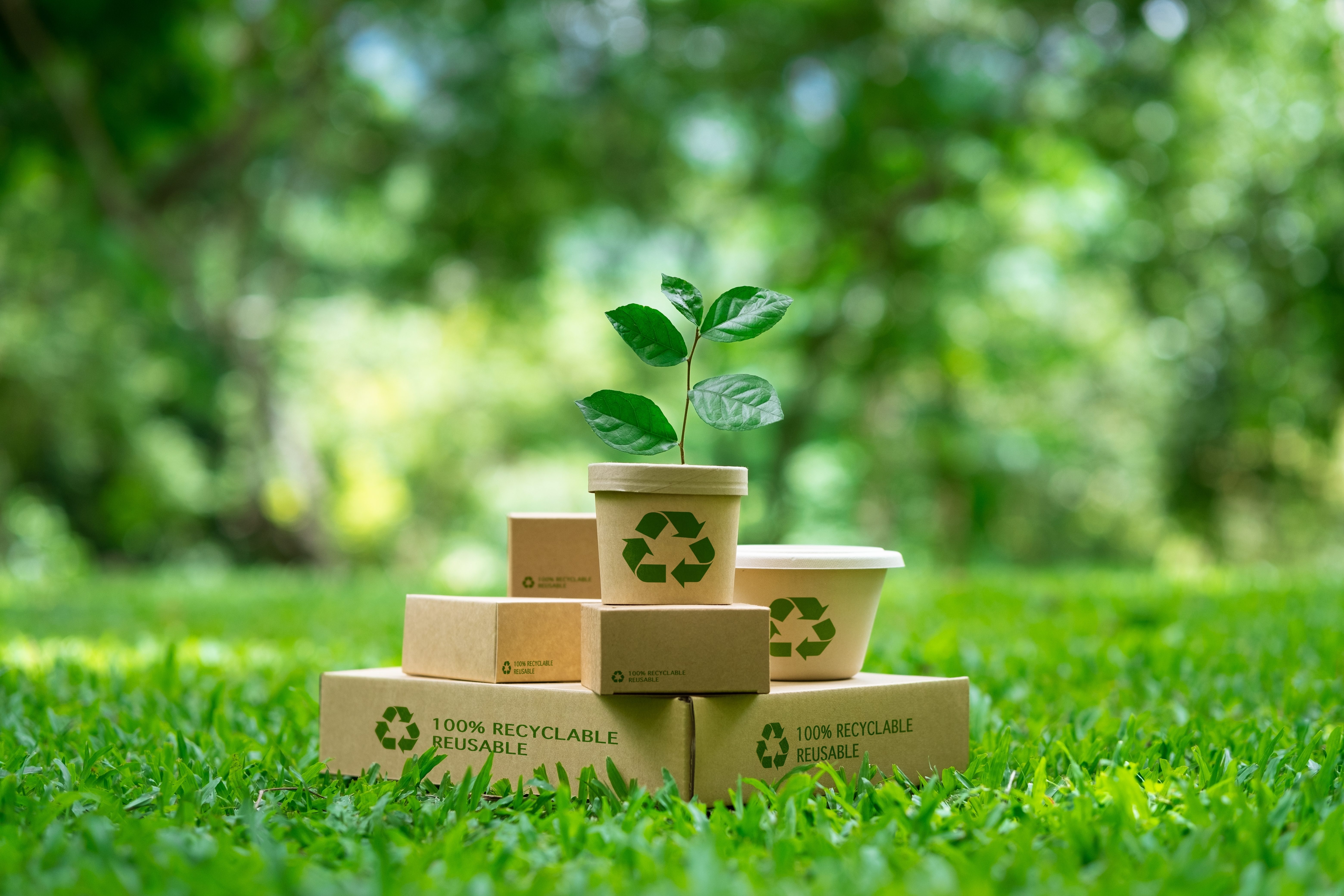
For Archroma Packaging Technologies, the story doesn’t just begin and end with paper. The real focus of the business lies in solving customer problems to make all packaging – regardless of substrate – both functional and designed with sustainability in mind.
As CEO, Sameer Singla, says:
“Chemistry plays an imperative role in packaging. The substrate alone – be it traditional materials like paper, or newer bio-based alternatives coming to market such as banana leaves or rice husk – doesn’t create a functional package. Chemistry is the critical enabler, and it must be sustainable. As a company, we are committed to finding the right solution for each and every customer.”
1.Two Sides: https://twosidesna.org/virgin-or-recycled-fiber-packaging-the-answer-is-both/
More News & Stories
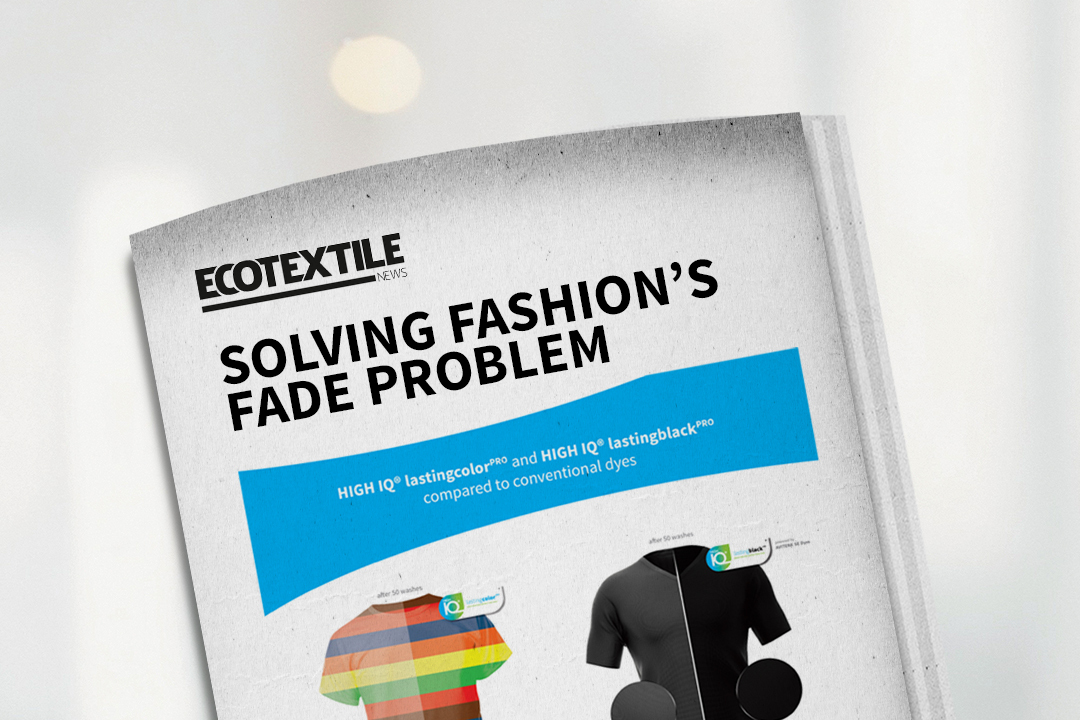
Solving Fashion’s Fade Problem
When garments lose their vibrancy after just a few wears or washes, consumers discard them prematurely. This undermines the fashion industry’s sustainability goals and negates brand investments in sustainable materials and production. Read on to find out how Archroma's HIGH IQ assurance program is the new standard for color performance.

Archroma’s Upstream Shift Signals a New Era for High-Contrast Denim Finishing
The fashion industry’s demand for distressed denim often clashes with reliance on potassium permanganate, heavy bleaching, and water-intensive laundering. TexFash spoke with our Denim team to unravel the story and thoughts behind the award-winning DENIM HALO concept. Read on to find out more.

Full Value Chain Collaboration - The Fastest Way to Sustainable Packaging
I recently asked a fellow packaging professional for their take on the industry’s progress towards sustainable packaging. The answer — “It’s rather like building a plane while you’re flying it” — succinctly captures the prevailing combination of complexity and urgency that all players in the value chain are faced with. There’s much to do in a limited time.

Engineered for every active pursuit—and the planet
Rising consumer expectations are pushing mills and brands to adopt new strategies to stay competitive. Durability, comfort and sustainability are now essential, and all must work hand-in-hand. Archroma’s SUPER SYSTEMS+ solutions are designed to meet this new standard.
Archroma are proud members and/or partners with the following organizations

